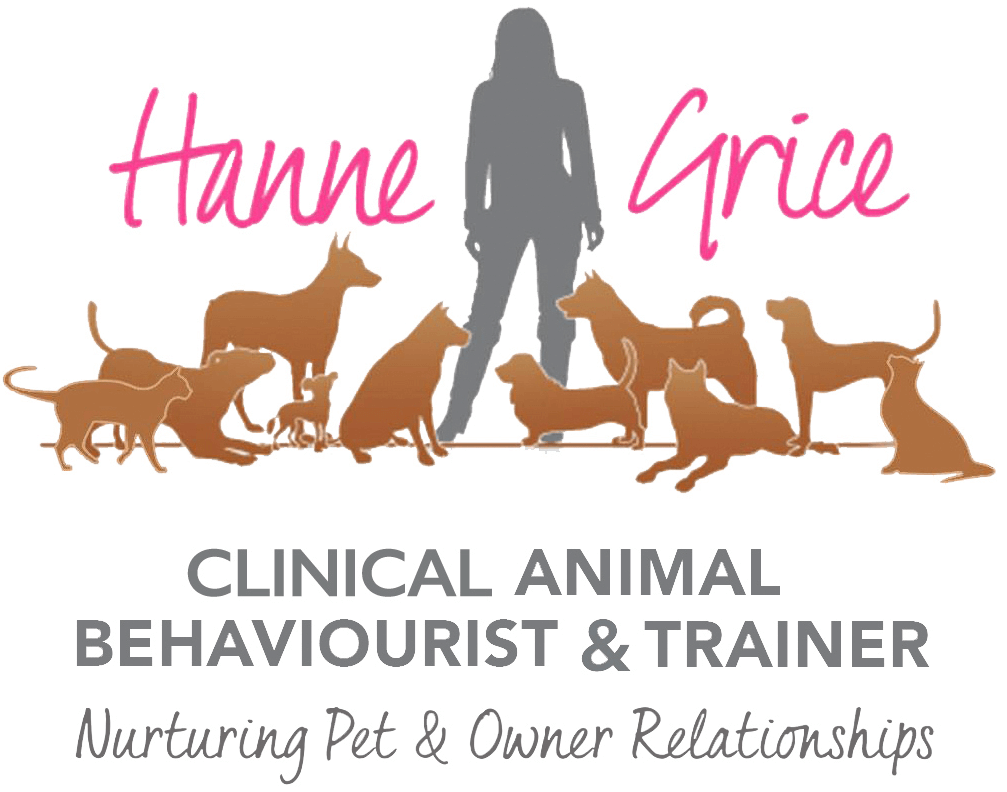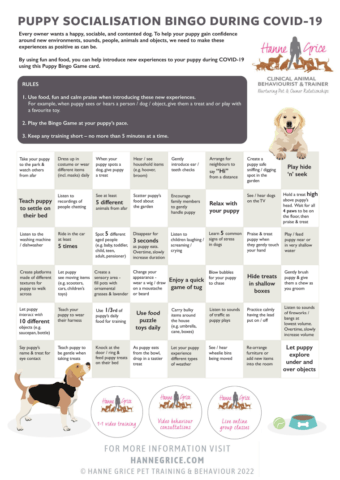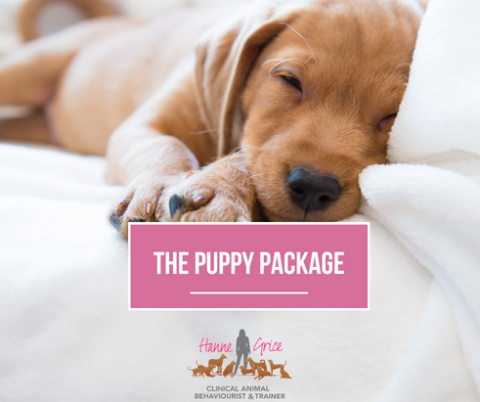Welcoming a puppy into your home is a big step, and one that shapes the behaviour, resilience and emotional health of your dog for years to come. The early weeks matter. They’re when habits form quickly, often unintentionally, and those habits can be hard to undo.
After years of working with clients, I have observed the same early missteps repeatedly. These are rarely due to a lack of care or effort, but more often come from well-meaning advice or assumptions that don’t reflect how dogs actually learn.
This brief guide highlights five common mistakes often made during the early stages of a puppy’s development. Each is paired with practical alternatives grounded in behavioural science, alongside a reference to the relevant section of my Puppy Package – a structured, evidence-based course designed to support you through every stage of your puppy’s learning and development.
Whether you’re still preparing for your new arrival or navigating the early days, these principles will help you lay down strong foundations for a calm, confident and connected life together.
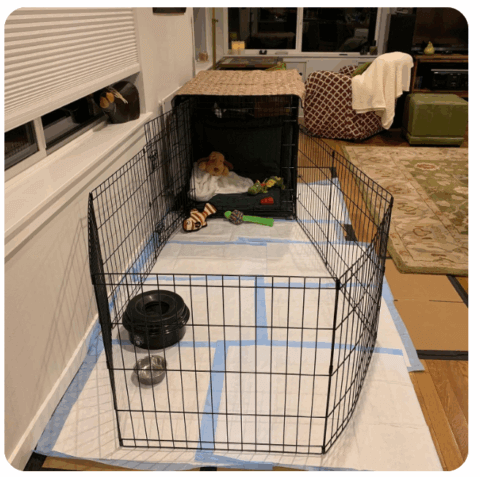
1. Leaving It Too Late to Prepare
What often happens: Training starts only after the puppy arrives.
Why that’s a problem: The early days shape how safe, secure and settled your puppy feels. Without preparation, boundaries get blurred, and confusion sets in.
What to do instead:
- Set up a puppy-proofed environment in advance; think dog gates, pens, putting treasured items out of reach and getting a plethora of chewy dog toys and food enrichment items
- Establish household routines, such as feeding, walking, playing times, who will prep food toys in advance – so these are ready to grab for the ‘witching hour’ to direct the puppy’s teeth onto
- Decide on core rules and boundaries with everyone in the home, like who will walk/train/feed the puppy, whether the puppy will be allowed upstairs or not, understanding you’ll likely need to sleep near puppy in the early days to help them adjust, and ensuring all leave the puppy be when they are resting/sleeping, and reinforcing these principles from day one
See Module 1 – Before You Bring Your Puppy Home in my Puppy Package.

2. Using Cues Before Your Puppy Understands What’s Being Reinforced
What often happens: Owners often give verbal cues like “sit” or “stay” before their puppy really understands the behaviour or context.
Why that’s a problem: This leads to poor responses, erodes consistency and can frustrate the puppy and owner!
What to do instead:
- Reinforce desirable behaviours first, then name them. We call this ‘get the behaviour’. Let’s say you are aiming to teach your pup to lie down, and you are using food to lure them into the position. You would start off saying nothing, simply using the food to guide your dog into the down position, then reward. After several successful repetitions, you can introduce the new word “down” just as you’re about to guide them down; then reward them once they’re on the floor. Next, aim to fade out the food lure (no food in your hand), yet still say the word “down” – then reward once in position. This approach avoids the pitfall of owners repeating the word over and over again, when the puppy did not have an understanding of that word in the first place
- Use food wisely with the Rule of 1/3s – click here to learn how you can be strategic with your puppy’s food, and maximise learning
- Work your puppy below threshold and increase difficulty gradually.
See Module 2 – Maximising Your Training Success in my Puppy Package.
3. Overdoing Socialisation
What often happens: Well-meaning owners may expose their puppy to lots of people, dogs and places, assuming more is better.
Why that’s a problem: Overexposure without structure can increase fear or over-arousal. Learn more about ‘trigger stacking’ here.
What to do instead:
- Focus on quality over quantity. Ensure interactions are as calm as possible, enable your puppy to move away if they wish
- Pair new experiences with something positive like verbal praise, gentle touch, food item, playing or simply sniffing about
- Check out my Puppy Socialisation Guide to help provide some structure to introducing new experiences and individuals. This was originally developed for pups during the pandemic and remains relevant today
See Module 2 – Socialisation: What It Is and How to Do It in my Puppy Package.

4. Missing Early Stress Signals
What often happens: Puppies show discomfort or uncertainty through subtle body language, such as increased blink rate, looking away, shrinking back from the owner’s hand when being stroked and so on. These signs can go unnoticed or be misinterpreted.
Why that’s a problem: Stress accumulates. If those early cues are ignored, dogs may escalate to jumping, grabbing, growling, snapping or avoidance behaviours later.
What to do instead:
- Learn to recognise signs like turning away, yawning, lip licking, paw lifting, and stiffening
- Practise consent-based handling to build trust and cooperation
- Support your puppy’s comfort around touch and novelty
See Module 3 – Understanding Body Language and Handling in my Puppy Package.

5. Expecting Too Much, Too Soon
What often happens: Owners may assume their puppy should be able to sit and remain calm when visitors arrive, to recall from others in the park, or walk nicely on a lead after just a few practice sessions or weeks.
Why that’s a problem: This mindset sets everyone up for frustration. Puppies need repetition, consistency, working at their pace, and quality rest.
What to do instead:
- Keep any practice/training sessions short and achievable – think ‘waiting for the kettle to boil’ training and minimise distractions
- Adjust expectations based on your puppy’s age and experience. Think of your puppy like a piece of fallow land – if you plant your bulbs, water and care for that land consistently and carefully, by the end of a couple of years you will have created a beautiful, blossoming garden (aka your puppy)
- Reward calmness and connection as much as ‘obedience’
See Modules 4 to 6 – Training Basic Behaviours in my Puppy Package.
Need a clear, kind roadmap for raising your puppy?
I designed the Puppy Package course to give puppy owners with everything you need to raise a happy, confident dog – with practical, evidence-based guidance you can trust. The Puppy Package is so robust, it has been successfully used by rehomed dogs or rescues with little training experience. The course includes:
- Over 12 hours of expert-led videos
- Downloadable handouts and checklists
- Step-by-step support when you need from Hanne Grice – certified Clinical Animal Behaviourist & Trainer
- Usual price £75 – use our summer promotion code PUP20OFFER to get 20% OFF!*
Click here to enrol now or visit learn.hannegrice.com to see the other courses available.
*Offer ends 31st August 2025 at midnight BST
Fancy a taster session for our group puppy training classes?
Book onto our Puppy Taster Class on Saturday 16th August at 9.30 am for an hour of jam-packed learning, in a safe yet fun learning environment. Hanne Grice will lead this session. See our Events page for more.
Learn more about our classes
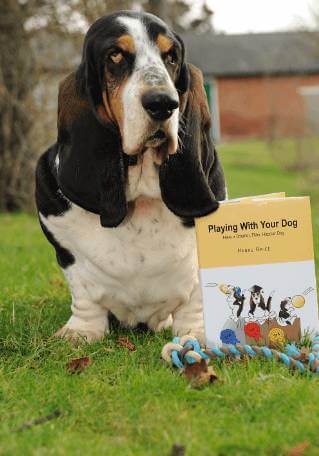
Get Hanne's book, clothing and more
Hanne has a number of publications including her book Playing With Your Dog to help owners work out the games that are best suited for their pet to play throughout his life, from puppyhood to old age, available from Amazon. Check out Hanne's range of contemporary casuals The Collection – for pet lovers made from recyclable, organic materials that are sustainably sourced.

